Women scientists dig success in South Africa
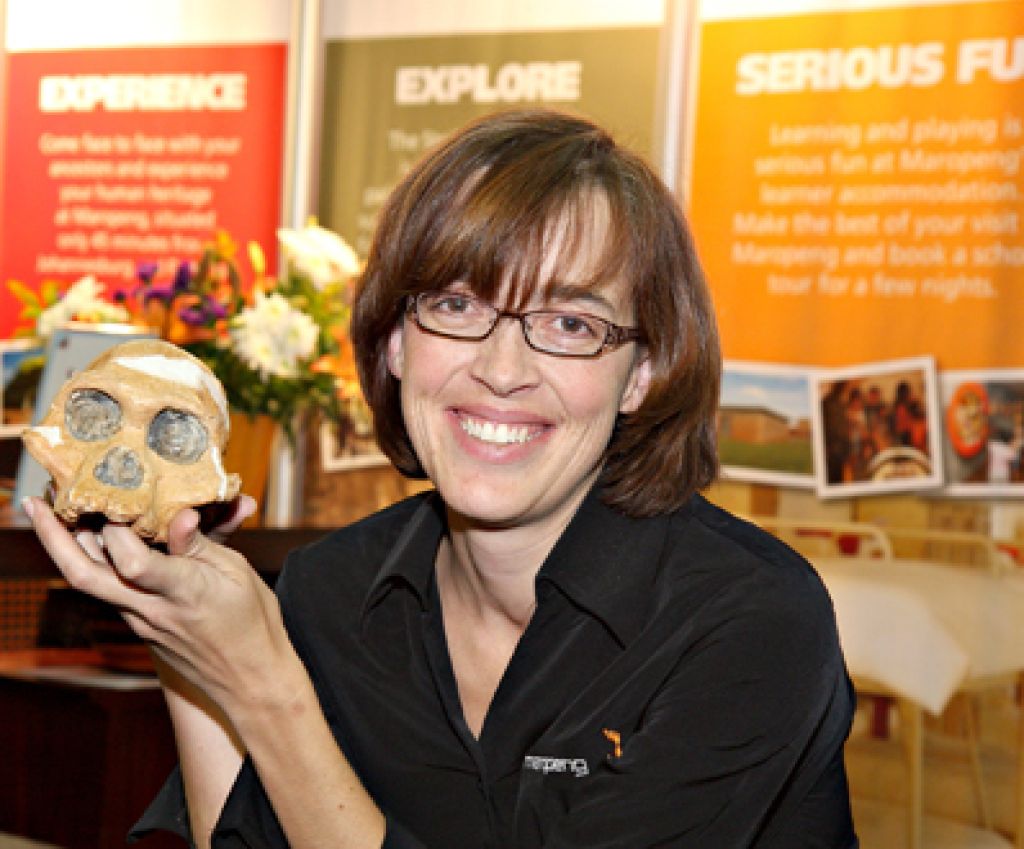
Who is our modern-day woman scientist? Is she the gun-wielding Lara Croft type, travelling to remote parts of the world to jump into deep and dangerous tombs in search of hidden archaeological treasures?
The heroine stealthily waits in the shadows to pounce on any who stand in her way of reaching the top. This woman scientist has defined muscles and wears a knife tucked into the side of a pair of tiny shorts with high boots.
While the action-packed, fun-filled Lara Croft movies and games might present a romantic version of modern women in archaeology, how true a reflection of them is she? And how easy is it, really, to be an action hero in this field if you are a woman?
Science for many years might have had a predominantly masculine image, but the women working in science in South Africa today are changing this perception. Some of them, too, sometimes enter deep caves to dig for fossils, while simultaneously raising a family and holding down senior academic positions.
Do women in science face more difficulties than men?
Director of the fossil site Cooper’s Cave in the Cradle of HumankindChristine Steininger says no: “There are more women in the field of palaeosciences than ever before.” She adds that she faces more challenges in her career as a scientist and this is true for men and women in her field.
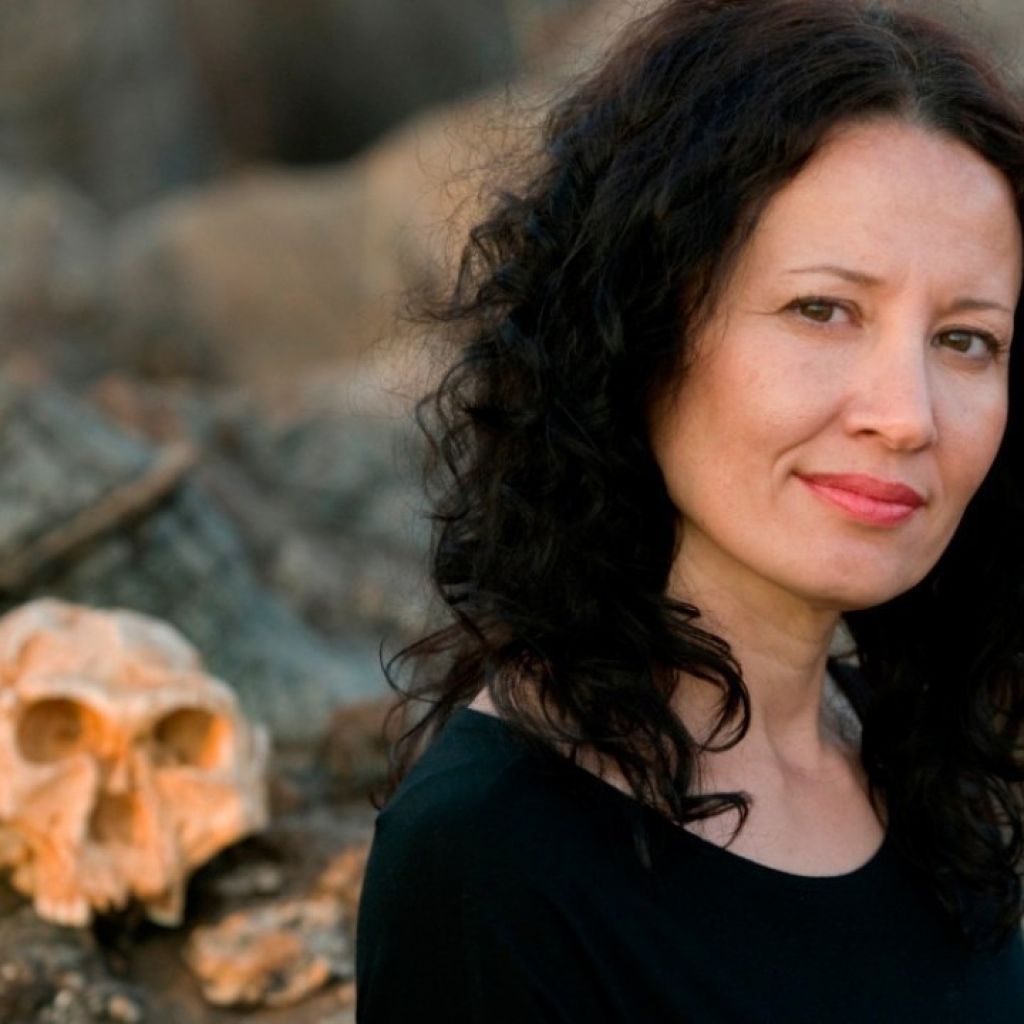
However, some women disagree with this view and say that women scientists need to be strong and ready for battle.
The curator of the Department of Vertebrate Palaeontology at the Ditsong National Museum of Natural History (what used to be called the Transvaal Museum) in Pretoria, Dr Heidi Fourie, says that women in science still face many challenges. “Men don’t think we can be professional and career women.”
She explains that the solution to this is to have “a thick skin and perseverance”.
Diverse research areas
Women scientists have travelled to all corners of the globe, covering a wide range of diverse topics in their quests for discovery. Steininger says working at a site like Cooper’s, where there are fossils of more than 90 different animal species, causes her research interests to be very broad. But her main area of interest is to understand how fossil mammals (including hominids) coped through ecological changes.
“Some species may cope by changing their diet or migrating out of the area, while other species may not cope at all and go extinct,” explains Steininger.
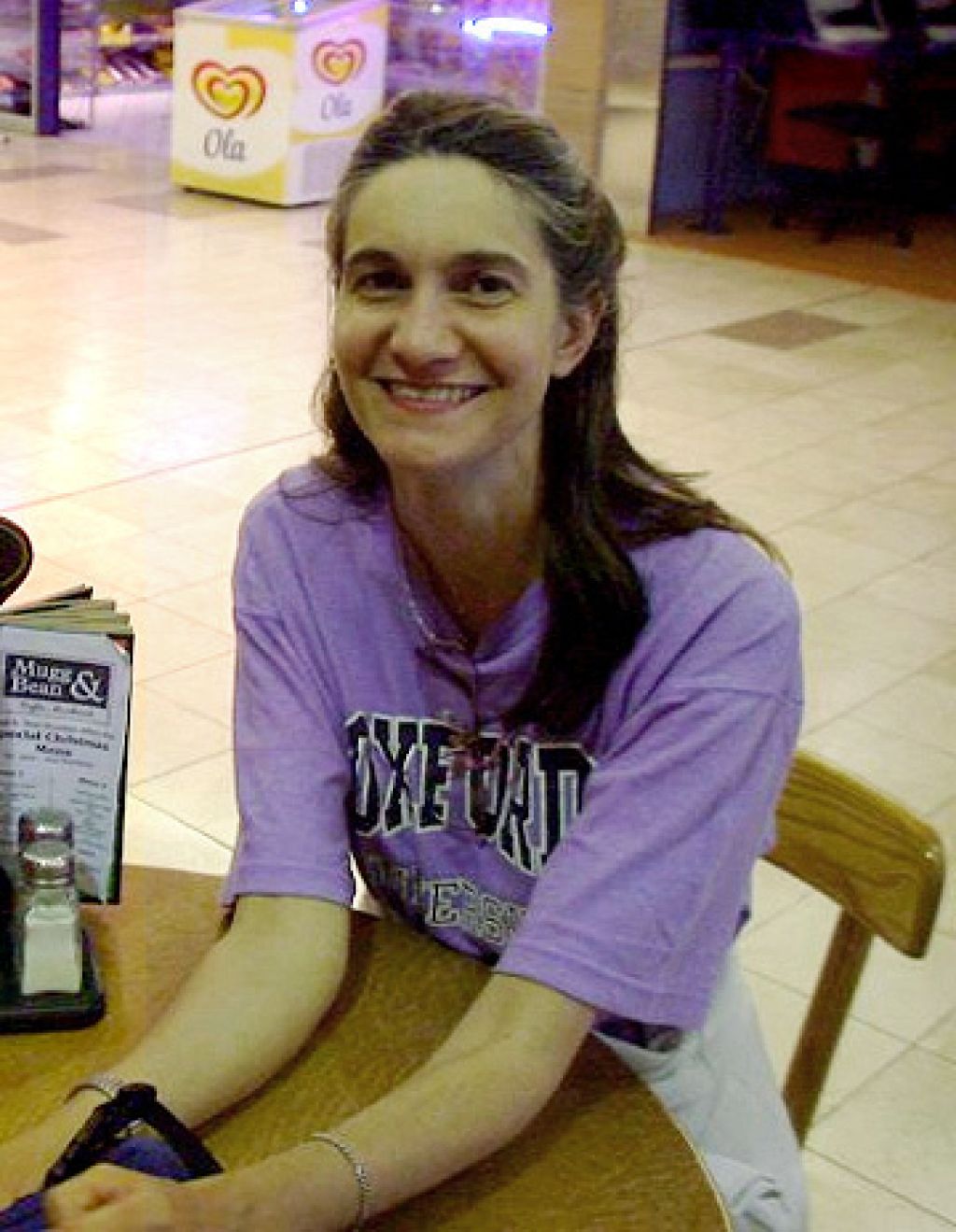
Fourie, on the other hand, enjoys the study of 275-million-year-old therapsids. These large, mammal-like reptiles weighed up to almost a ton and had very powerful jaws with large teeth.
“I love therapsids, they are unique,” explains Fourie.
Senior researcher at the Bernard Price InstituteDr Lucinda Backwell focuses on early hominid cultural behaviour and cognition, among other interests.
She says her interest in human evolution was sparked by her older sister, a zoologist, ”when she explained to me that we didn’t always look like this, that when we first started walking upright our brains began to expand. Having never heard the word evolution at school, the idea of change over time captured my imagination and has thrilled me ever since.”
Challenges
For many women scientists one of the major challenges is to balance work and family responsibilities. A 2008 study done by the National Advisory Council on Innovation for the Department of Science and Technology, titled: “An Assessment of the Participation of Women in SET Industry”, notes this as one of the primary reasons why there are relatively few senior women academics in the country.
According to the report, women scientists are strong role models for the youth of South Africa. It notes that women who have had successful careers in the fields of science, engineering and technology (SET) have had to persevere to reach their dreams: “They have huge potential to inspire younger women to follow in their footsteps.”

Lindsay Marshall, curator and human resources manager at Maropeng, says her greatest pleasure at work is seeing her female colleagues succeed and grow; “the opportunity to succeed is within everyone’s grasp”.
A key company strategy at Maropeng is learning and development. Often limitations are placed on women at home, causing them to persevere and achieve success at work. Marshall explains, “In some cases women are the sole breadwinners as well as being single parents. It is this fortitude and strength which makes them succeed in their work.”
Dr Kathleen Kuman, associate professor of Stone Age archaeology at the University of Witwatersrand (Wits), says she was only able to work full time later in life. “In the early years it was difficult to balance child-rearing and continuing my research interests,” she says.
But Kuman says women face fewer difficulties in their careers today than when she was starting out, 30 years ago or so. “I do not find any particular challenges as a woman in my field. There are many female archaeologists today.”
The head of the Karoo Palaeontology Department at the National Museum in Bloemfontein, Dr Jennifer Botha-Brink, is active in community projects, as well as focusing on her research.
Current president of the Palaeontological Society of Southern Africa, Botha-Brink has just begun assembling a new educational programme on fossils and evolution for the museum, which is expected to launch in 2012.
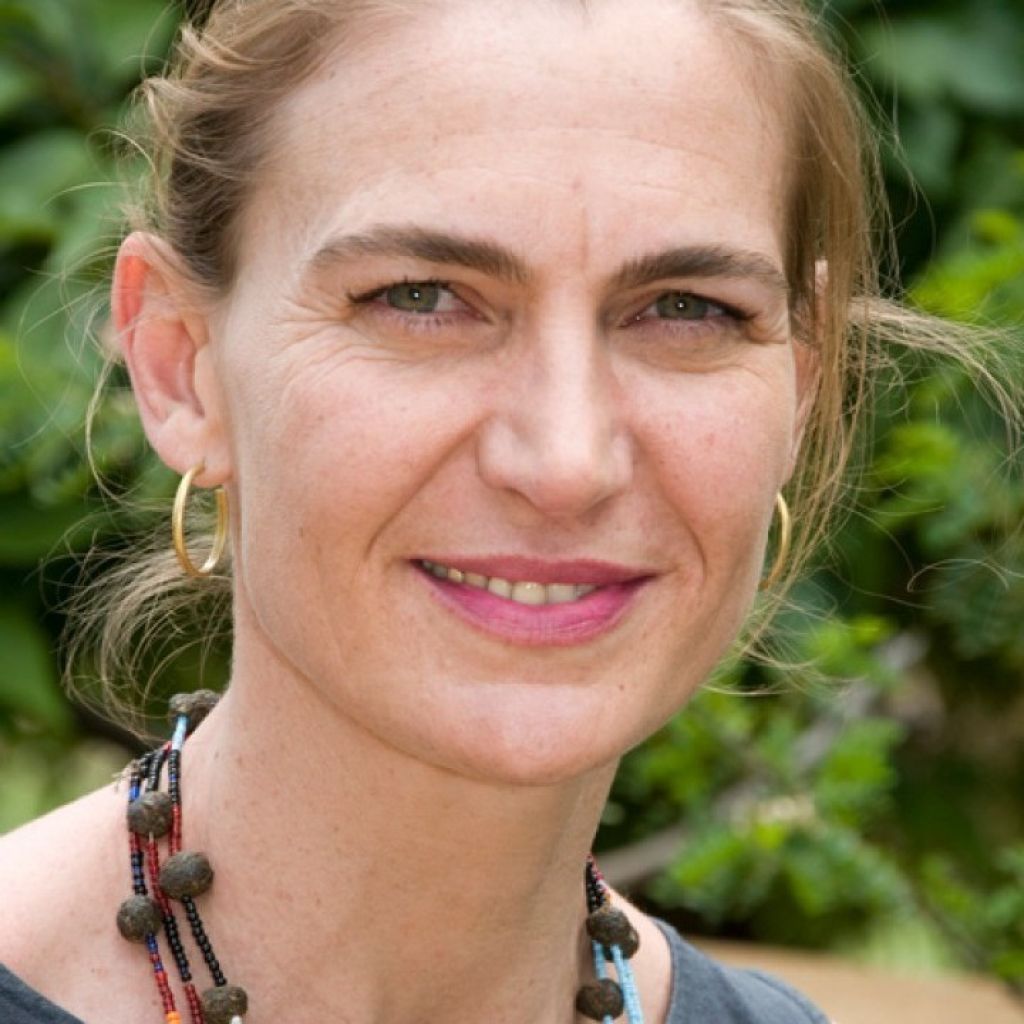
“Being so busy at work and finding time to be a good mom can be very challenging, but it is possible,” she explains.
Strong role models
For Stephanie Baker, an MSc student at Wits in her 20s, “the road for us has been paved by the many women palaeontologists and archaeologists who came before my generation”.
Baker’s research interests include eagle taphonomy (the study of the processes between death and fossilisations) and ecosystems in the fossil record.
“I’ve found that there has been a significant decline in the negative attitude towards women in science and that women are now afforded equal respect to their males peers,” she says.
She says career highlights thus far include being invited to present at the Endangered Wildlife Trust conference on birds of prey, as well has having her research featured on an episode of the conservation television show, 50/50.
Alexandra Bountalis, another MSc student at Wits, did her bachelor’s degree in anthropology at the University of Washington in Seattle in the United States, and her research interests include animal cave usage in the Cradle of Humankind.
Studying at Wits and being surrounded by women scientists provides for a supportive academic environment, she says. “I think women today have more of an opportunity to make a name for themselves in this field.”
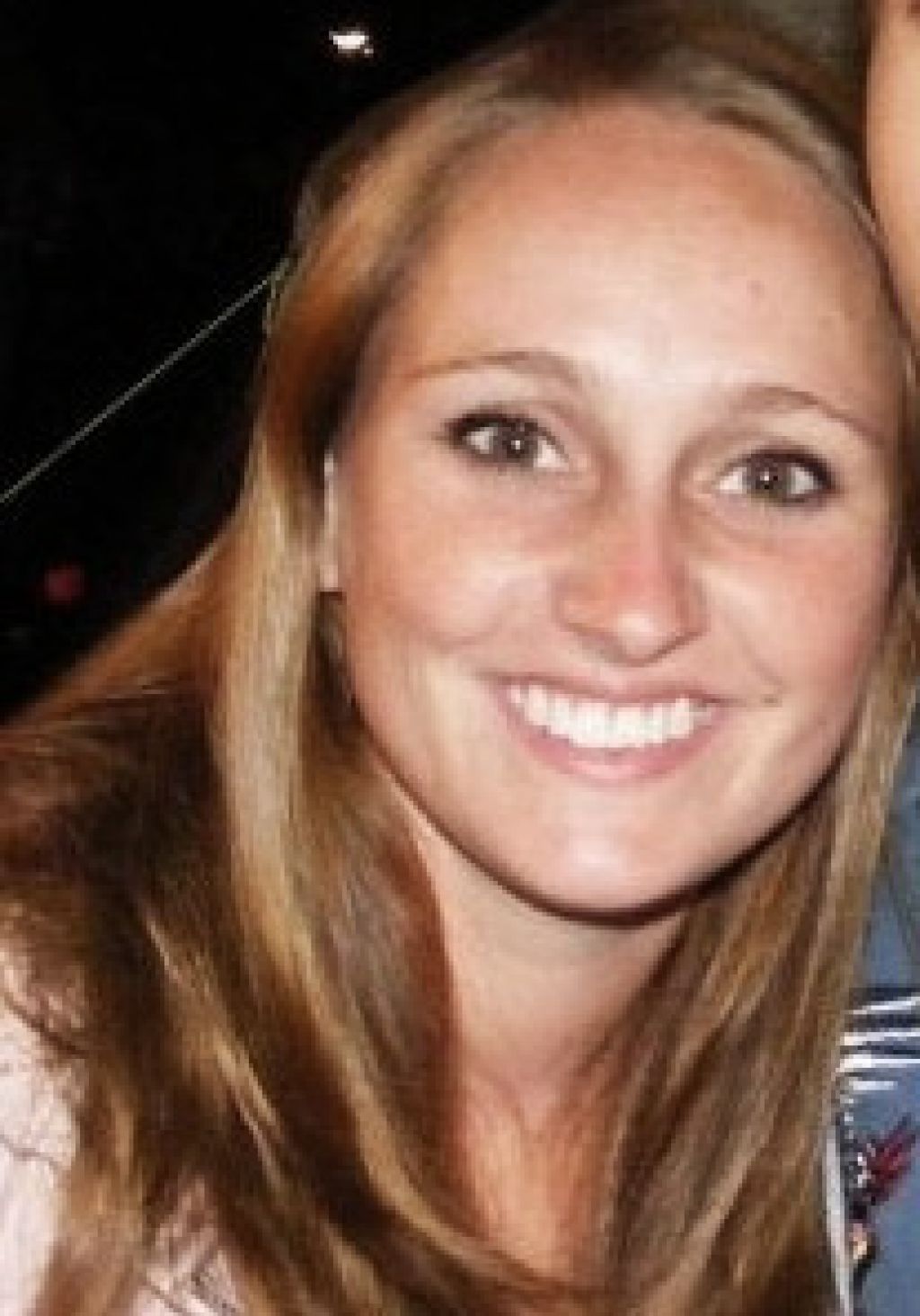
Cradle of Humankind
Baker and Bountalis have both found the Cradle of Humankind an inspiring and fascinating place to carry out their research.
This World Heritage Site is also the location where some women scientists have made groundbreaking discoveries that have become highlights of their careers.
Here are a few major discoveries women scientists have made in the Cradle:
The oldest human hair in a hyena coprolite (dung) from Gladysvale Cave was discovered by Backwell in 2009. The hair is believed to be between 257,000 and 195,000 years old.
Highlights in Steininger’s career include two major discoveries: a crushed face of an early hominid, Paranthropus robustus, and an extinct warthog. This discovery led her team to a new deposit, Cooper’s D, and an accumulation of over 50,000 new fossil specimens.
The way forward
The Department of Science and Technology has introduced a number of interventions to address the issue of low female participation in the upper levels of academia. Part of this includes setting a target of awarding 60% of postgraduate bursaries in science offered through the National Research Foundation to women researchers.
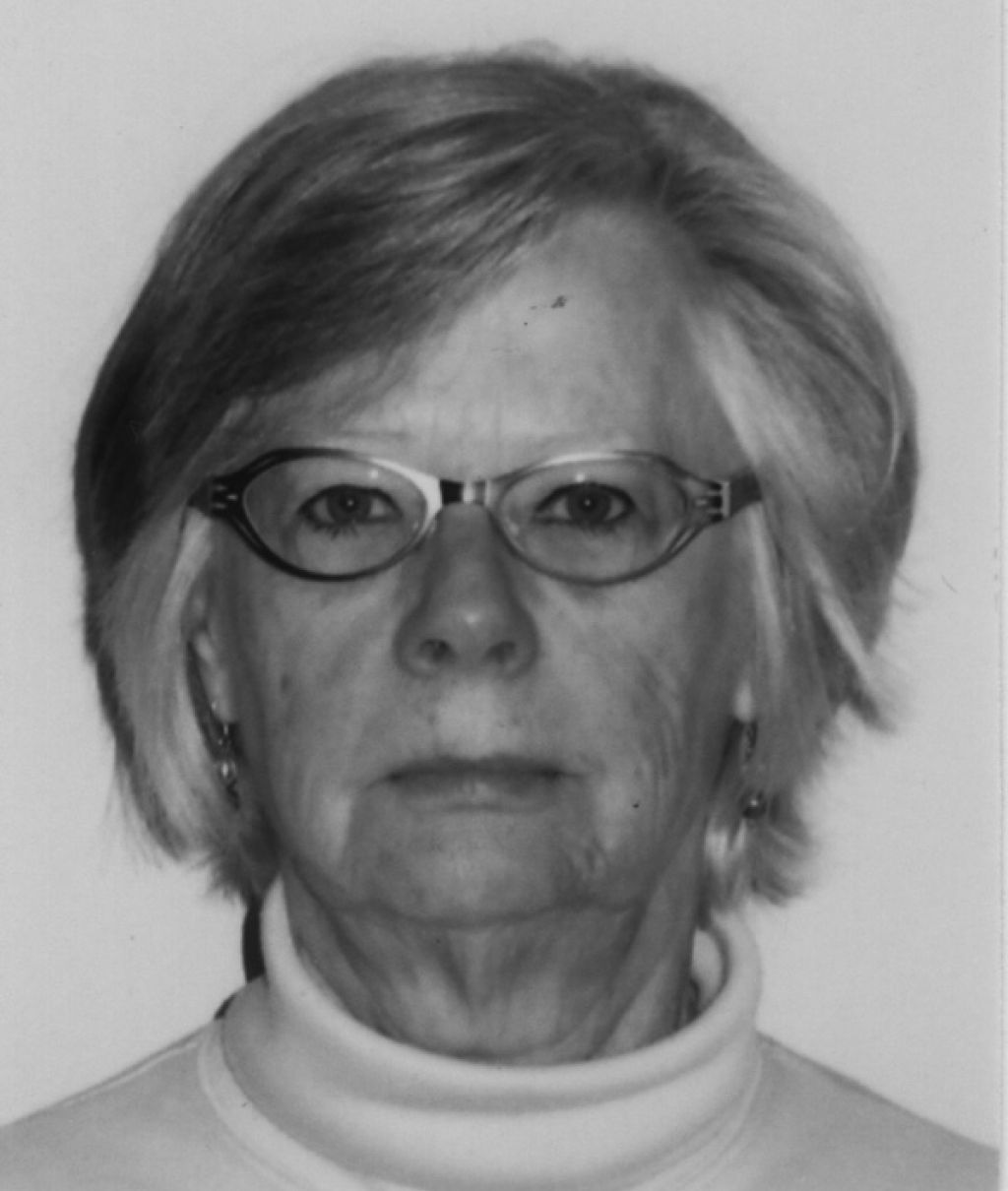
In 2010/11, 50% of the 3,566 master’s and 48% of the 1,937 doctoral students supported were women. Dr Phethiwe Matutu, chief director of human capital and science platforms, explains that the Department of Science and Technology is still working hard to achieve these objectives: “Obviously these targets have not been met but we are trying our best to meet them.”
Dr Margaret Avery, honorary associate at the Iziko South African Museum, was the first student ever to receive a doctorate of philosophy in archaeology, from the University of Stellenbosch, in 1979.
Avery says she is lucky to have never had any gender-related problems in her career.
“Although things are changing now, for much of my for much of my life I have worked in a male-dominated profession, but have never been treated as anything other an equal colleague,” she says.
This year Avery became the first person from Africa and second woman ever to be elected president of the International Union for Quaternary Research. She goes on to explain her view, which is that women are treated the same way as they perceive themselves: “I was brought up to believe that women are the equals of men and possibly I have been taken at my own assessment.”
So, does the modern-day woman scientist need to be like archaeologist and athletic gaming icon Lara Croft in order to make it to the top? According to the responses above, not necessarily. She may not need a knife tucked into a pair of very short pants, but she does need to work hard and be passionate about discovering secrets of the past.